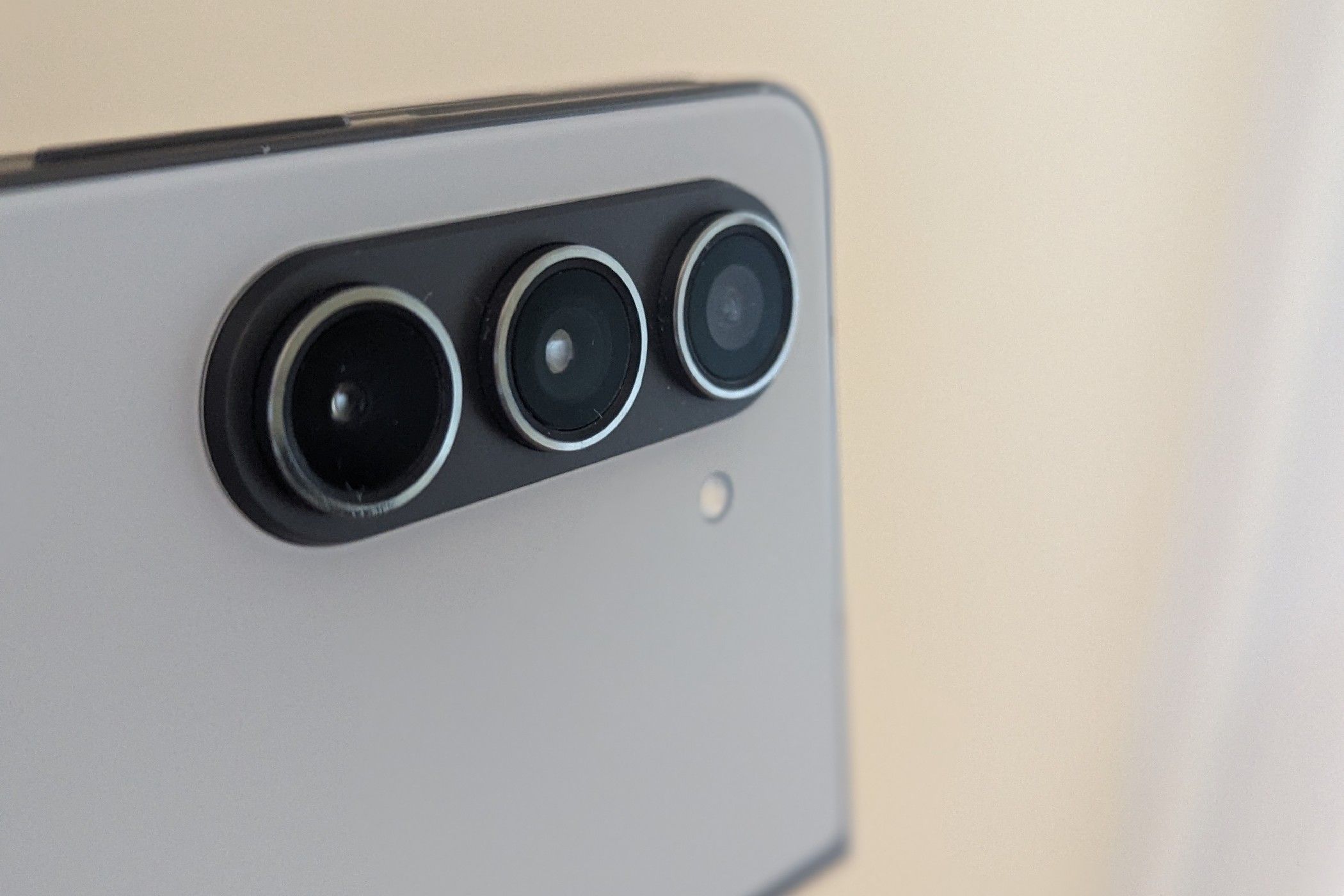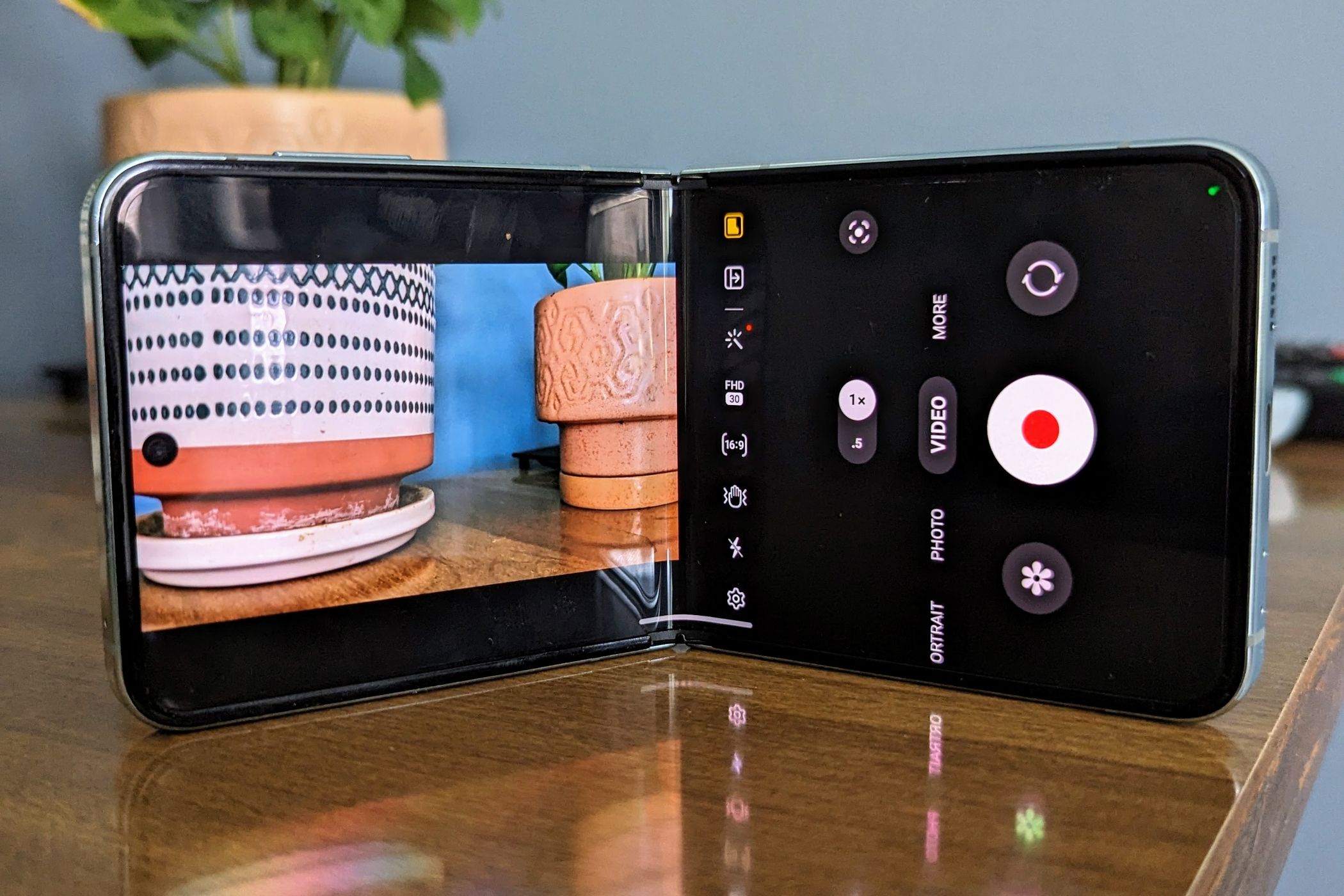Key Takeaways
- Modern, premium smartphones offer an easy way to achieve the background blur effect via a portrait mode.
- Newer phones can record detailed 4K and 8K videos with improved optical image stabilization.
- Smartphone photography relies heavily on software enhancements, making photos look great with less effort.
You can run most apps just fine, with very little lag, on a five-year-old phone. It’s when someone sends you a photo taken on a newer model that you start to notice how old yours has gotten. Smartphone cameras have become remarkably good and are one of the most standout reasons to get a new phone.
If your phone is a few years old, you may just be blown away with just how good our phone cameras have become. Here’s what stands out about newer phones.
It’s So Easy to Get that Beautiful Background Blur
There’s a type of photo that signals to many of us that the photographer is using a good camera. We may not know the name of the effect, but we know the look. It’s a crisp subject with a blurry background.
The technical description is that such a photo has a shallow depth of field. Traditionally, you need a DSLR camera with a wide aperture lens to most easily capture such a shot. You also need enough knowledge to know what this means, unless you happen to have someone around who just hands you the right gear.
Now you can achieve this effect with minimal effort on your smartphone. Sometimes you can get the look by simply pointing and shooting. If that doesn’t work, switch to portrait mode. This is usually just a swipe away in your default camera app.
As the name suggests, portrait mode is great for taking a photo of a single person, but it’s also good for macro photography in general. Macro photography refers to up-close shots of just about anything, the type of photography you often see you on sites like ours. I use portrait mode on a smartphone to capture many of the images I upload alongside my writing. I sold my old dedicated camera to help me afford a newer phone with a camera good enough for the job.
Each of the photos in the gallery below was captured on a Samsung Galaxy Z Fold 5, with no additional edits applied.
Videos Have More Detail, Are Smoother, and Shake Less
Phones have demolished point and shoot cameras. They’re increasingly coming after DSLRs. But they don’t just stop with photo stills. Smartphones are arguably even better at recording video.
Recording in 4k quality at 60 frames per second is no longer a rare accomplishment. Phones are reaching for 8K instead. At the same time, optical image stabilization has improved by leaps and bounds, making the footage you capture less shaky.
Many of your favorite YouYubers now use smartphone footage in place of their fancy cameras. Sometimes they shoot an entire video on their phone. Other times, they slip in B roll footage captured on a phone, with viewers none the wiser. The overhead shots in the video below were recorded using an iPhone 15 Pro Max, the bigger sibling to the iPhone 15 Pro.
The iPhone 15 Pro and Pro Max can even record log (or logarithmic) video, offering a color profile many professionals depend on to do their jobs. This addition makes the idea of bringing a phone out into the field instead of all their heavy gear even more viable.
Pictures Just Look Great, With Less Effort
Smartphone photography has more to do with software than high-quality glass. Don’t get me wrong, having nice lenses still makes a big difference. Yet most phones, at least in America, don’t even have 1-inch sensors. That means they are not bringing in enough light to capture the same degree of detail as a DSLR or mirrorless camera with interchangeable lenses. Phones use software to fill in the gaps.
Not only does this software try to accurately replicate the image as you see it, it tries to improve the image into what you wish it would look like. It applies sharpening. It exaggerates colors. It applies just the right amount of blur.
Consider this perfectly printable photo reviewer Justin Duino captured with the selfie camera on a Pixel 8 Pro. You no longer need to be behind a phone to be part of a good shot.
If you zoom in, you can see the hand of the computer at work. Zoomed out, the photos often look amazing without you needing to apply a filter or do any touch-ups on your own, especially when viewed at the small size many of us see on social media or in picture messages.
The picture below was taken with a Samsung Galaxy S23+ and captures quite a bit of detail on a cloudy day. Details fall away a bit as you zoom in.
AI Has Turned Difficult Photo Edits Into Easy Ones
Performing major edits has become easier than it’s ever been. If I want to copy the subject from an image and paste it onto a different background, all I have to do is hold my finger down on the subject. My phone will cut out the image on its own. There’s no need for me to manually trace things myself.
Say you want to create a banner for a soccer game and you want to use an image of a player and a soccer ball against a made-up background. If the subjects in your photos are clear enough, just hold down on the player and the ball, then copy and paste.
Below, I’ve demonstrated this using a houseplant.
You may have heard of magic eraser, the ability to circle something you don’t want in a photo and watch it disappear. A newer feature known as “Best Take” on the Pixel 8 Pro lets you capture multiple images, then select the best qualities from each one, merging them together to create a single perfect shot.
Many of these AI features are done in the cloud, which means they’re often available on older phones. Yet some processing happens directly on your device. In such cases, you need a modern processor capable of the necessary computations. It’s impressive what kind of complicated edits are now considered simple, but you still often need the latest phones to do them.
You Can Take a Better Indoor or Night-time Photo
What does a photo need to be good? Light. Photos captured outside on a sunny day look much better than those captured indoors with middling lighting even on the same phone. Many phones do a great job of taking pictures outdoors, but their quality completely falls apart at nighttime. Newer phones have gotten much better at capturing image in poor or difficult light.
The shots below come from a Samsung Galaxy S24 Ultra.
To be clear, modern smartphones aren’t equipped with night vision. You can’t take a picture in absolute darkness and expect an image to come through. Still, if you want to snap a quick shot while hanging out at a bar or while going for a walk at dawn, there’s a much greater chance your phone will actually be able to handle the less than ideal lighting.
Take a look at this picture captured at sunset using a OnePlus 12.
New Form Factors Make Cameras More Versatile
One of the big advantages of a foldable phone like the Samsung Galaxy Z Flip 5 is the ability to see yourself while shooting with the rear camera. That lets you easily take a selfie using the best camera on your phone. You can also show other people what’s onscreen as you take their picture.
Foldable phones can also serve as their own tripods. This helps you take photos or videos of yourself when no one else is around or when you want to be part of the group shot. Put the phone down, angle it right, set the timer, and jump into frame.
By bending the phone, you can record in a direction you aren’t looking in or take a macro shot close to the ground without having to lie down. This provides your phone with the kind of flexibility found on dedicated cameras with rotating or tilting screens.
Smartphone cameras have gotten much better in recent years, and the improvements aren’t yet showing any signs of slowing down. You probably won’t be able to notice a difference in the processors between your current phone and a phone that comes out in three years, but you will be able to see the difference in the photos.
As we continue to see camera lenses get bigger, phone hardware take new shapes, and AI come into its own, what cameras can do and how we use them will continue to evolve, too. For better or for worse, you will eventually need to upgrade your phone to come along for the ride.

Alex Mitchell is your go-to expert for all things mobile. With a passion for the latest smartphones, apps, and mobile innovations, Alex provides in-depth reviews, insightful analyses, and breaking news about the ever-evolving world of mobile technology. Stay connected with Alex to navigate the fast-paced realm of mobile devices.





